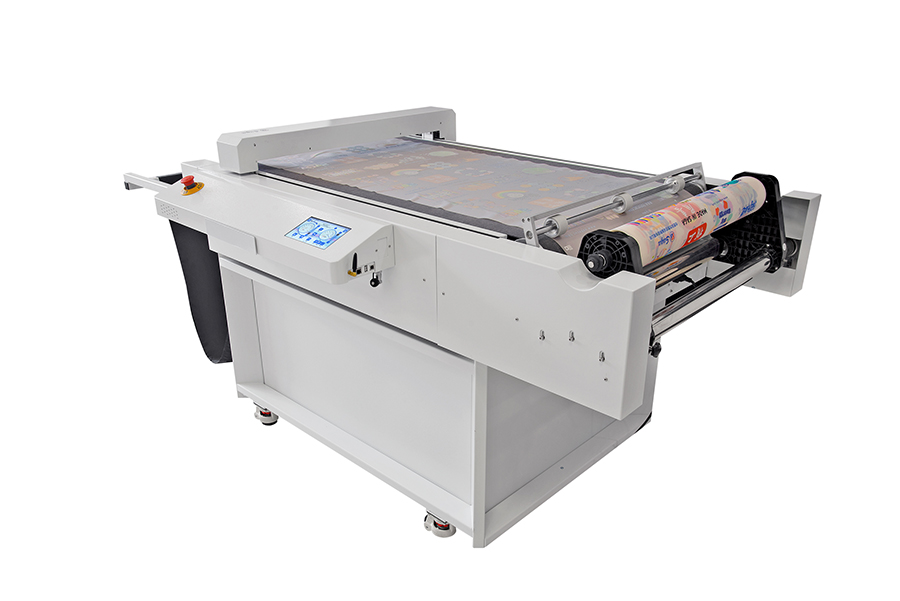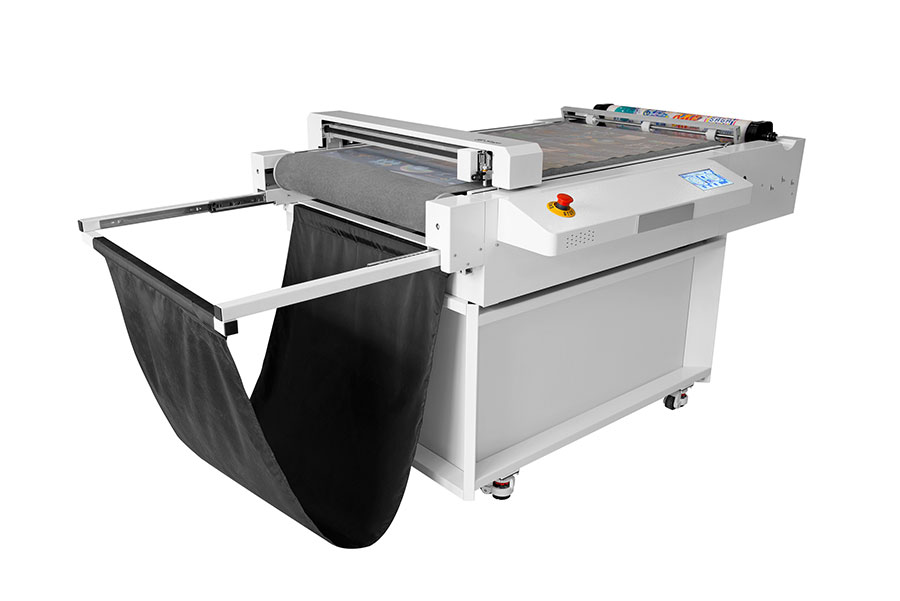Precision and Possibilities: The Evolution of Digital Die Cutting
- Published: January 29, 2024
By Chase Pender, Head of Business Development, Supply55, Inc.
In modern design and manufacturing, precision is critical. Whether it is creating and producing custom labels or packaging, the demand for precision in cutting and shaping materials has never been higher. This demand has led to the rise of digital die cutting, a technology that has transformed the landscape of design and production.
Digital die cutting, often referred to as computerized or CNC (Computer Numerical Control) die cutting, represents a significant advancement from traditional die cutting methods. While traditional die cutting relies on physical steel dies and presses to cut materials, digital die cutting utilizes computer-controlled machines to achieve unparalleled accuracy and flexibility.

One of the advantages of digital die cutting is its ability to advance creativity. Designers and manufacturers can bring their most intricate and imaginative ideas to life with ease. From paper and cardboard to vinyl, fabric, leather, DTF (direct-to-film) and even thin metals, the technology is adaptable to a wide range of materials, covering a multitude of industries, from printing, manufacturing, packaging and apparel graphic production.
At the core of digital die cutting is precision. Computer-controlled machines execute cuts with high accuracy, ensuring that each piece is consistent and flawless. This level of precision is especially crucial for industries where uniformity is of concern, such as in the production of labels, packaging or custom-designed cards.
Digital die cutting is about precision and efficiency. Unlike traditional die cutting, which requires the creation of custom physical dies for each design, digital die cutting eliminates the need for dies altogether. This translates to time and cost savings. Change the design on the computer, and the machine can immediately adapt to the new specifications.
In today's market, personalization is a key driver of customer engagement. Digital die cutting provides customization on a mass scale. Whether it is tailoring product packaging for different clients or processing unique label designs, this technology makes personalization both feasible and cost-effective.

Digital die cutting also has environmental benefits. It generates less waste compared to traditional die cutting methods as there are no physical dies to be disposed of after use. This reduction in waste aligns with the growing sustainability trends in manufacturing and design.
As technology continues to advance, the future of digital die cutting holds even greater promise. Innovations in materials, increased automation and enhanced software capabilities will further expand the possibilities of this technology.
In conclusion, digital die cutting represents a significant step forward in precision cutting and shaping, delivering versatility, efficiency and adaptability to a wide range of materials and industries.
About the Author
Chase Pender is responsible for Business Development at Supply55, Inc., www.supply55.com, based in Ann Arbor, Michigan. Supply55 was founded with the vision to develop cutting-edge-workflow products for the sign, screen, graphic arts and converting markets. Supply55 is the exclusive distributor in North America for ExpressCutPRO a digital die cutting system.











